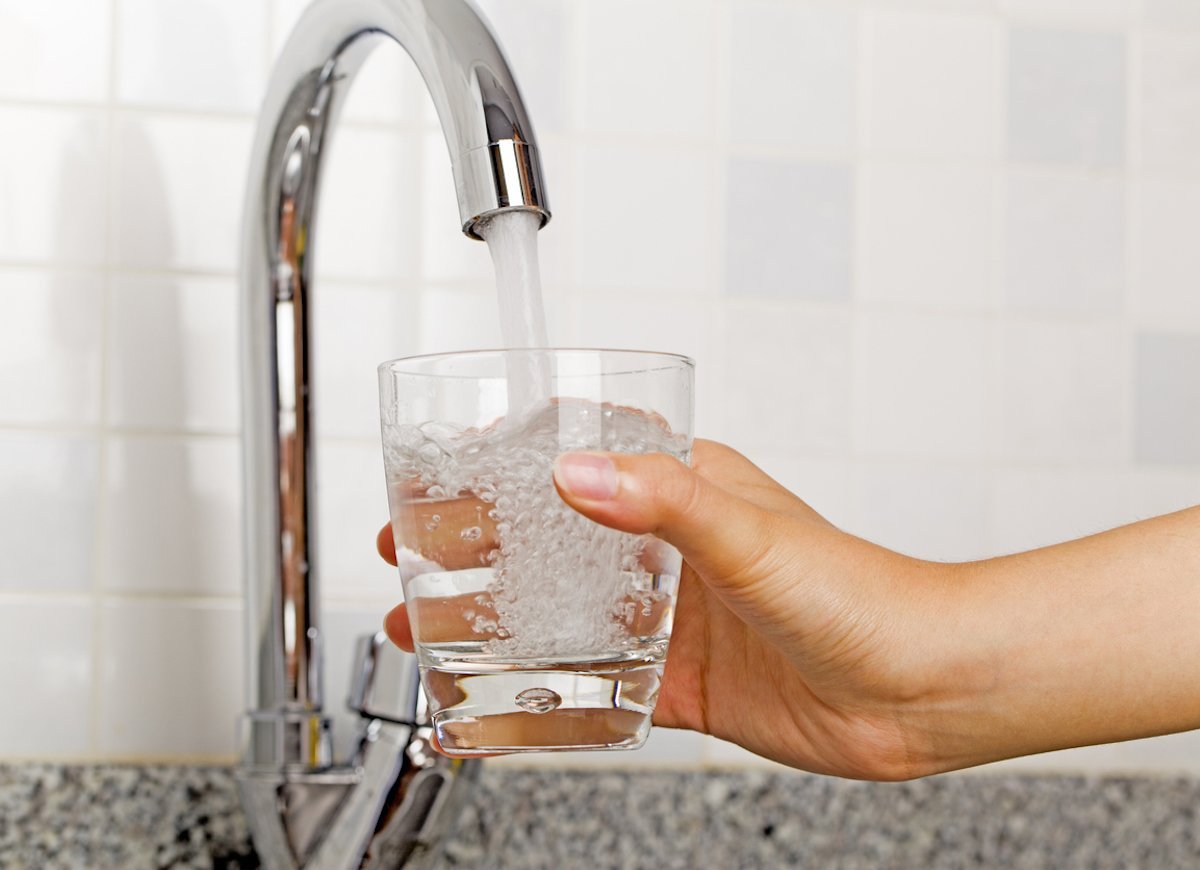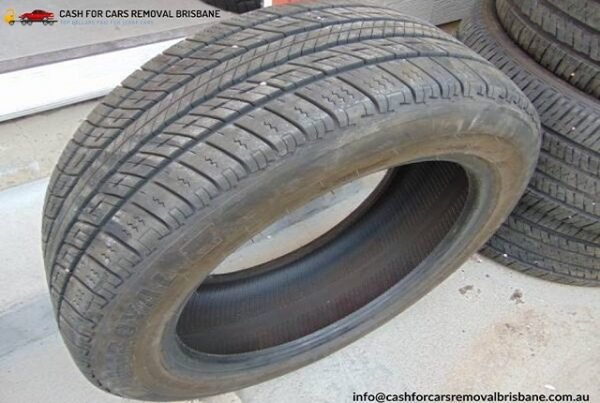A hard water softener is an equipment that makes use of sodium chloride, also called salt, to treat coarse water. This coarse water contains an excess of minerals along with calcium, magnesium, manganese, and iron that can be an steeply-priced nuisance for a home. Those minerals are gathered from the underground water works and, as the water is boiled in the home, they crystallize and adhere to the vessel surface. The unwanted minerals are then replaced by Sodium Chloride which is an effective part of the water softener. Water Softener manufacturers thus come into play to create such equipments for daily purposes.A water softener is a fairly easy appliance that is stocked with salt. In water softening process, the water system passes via the water softener over resin beds, rows of resin beads perform an ion-trade. The unwanted hard mineral ions are then chemically reacted with the resin beads which convert them with sodium ions. Softener resin is in particular robust acid Cation resin.
Whilst the resin beds end up saturated with the minerals, the water softener flushes them out with a salt solution referred to as brine and the method begins once more.Water softeners are pretty easy to perform and maintain. For the completion of the installation, sodium chloride must be added in a timely manner within the equipment whilst the product does the rest.
Working Process of a water softener plant manufacturer are as follows:
A water softener collects hardness minerals within its conditioning tank and every now and then flushes them away to drain. Ion disintegrators are often used for softening water. With the implementation of the ion trade, the calcium and magnesium ions are disintegrated within the water with different ions, just like sodium or potassium. The ions are then dumped within the ion exchange chamber commonly as sodium and potassium salts (NaCl and KCl).
The Lime Softening technique, within a few water softener manufacturers, utilizes the addition of lime (calcium hydroxide) to eliminate hardness (calcium and magnesium) ions via precipitation. Softening is carried out by means of including lime in the shape of Ca(OH)2, which reacts first with CO2 to form calcium carbonate precipitate, after which reacts with multivalent cations to do away with carbonate hardness, then reacts with anions to replace the non-carbonate hardness due to multivalent cations with non-carbonate hardness because of calcium. Lime softening technique produces massive volumes of sludge and as such isn’t always used in recent times.
The Water Softeners, presented by the water softener plant manufacturers, are to be had in specific sizes and materials, operated by hand or fully automated, & ready to install. The Water Softening System has turned out to be a widespread utility with custom built versions that are manufactured for the best results.
Treating soda and borax with water are the examples of Water softener precipitation. Insoluble precipitates like calcium and magnesium are obtained upon reacting these products. This boosts the cleaning efficiency whereas, in Non-precipitating Water softeners, Ca and Mg ions are segregated from the water via coarse phosphates.
Thus to resist the formation of crystals and eliminating the hardness of minerals, Water Softener has become a household name for the days to come.





